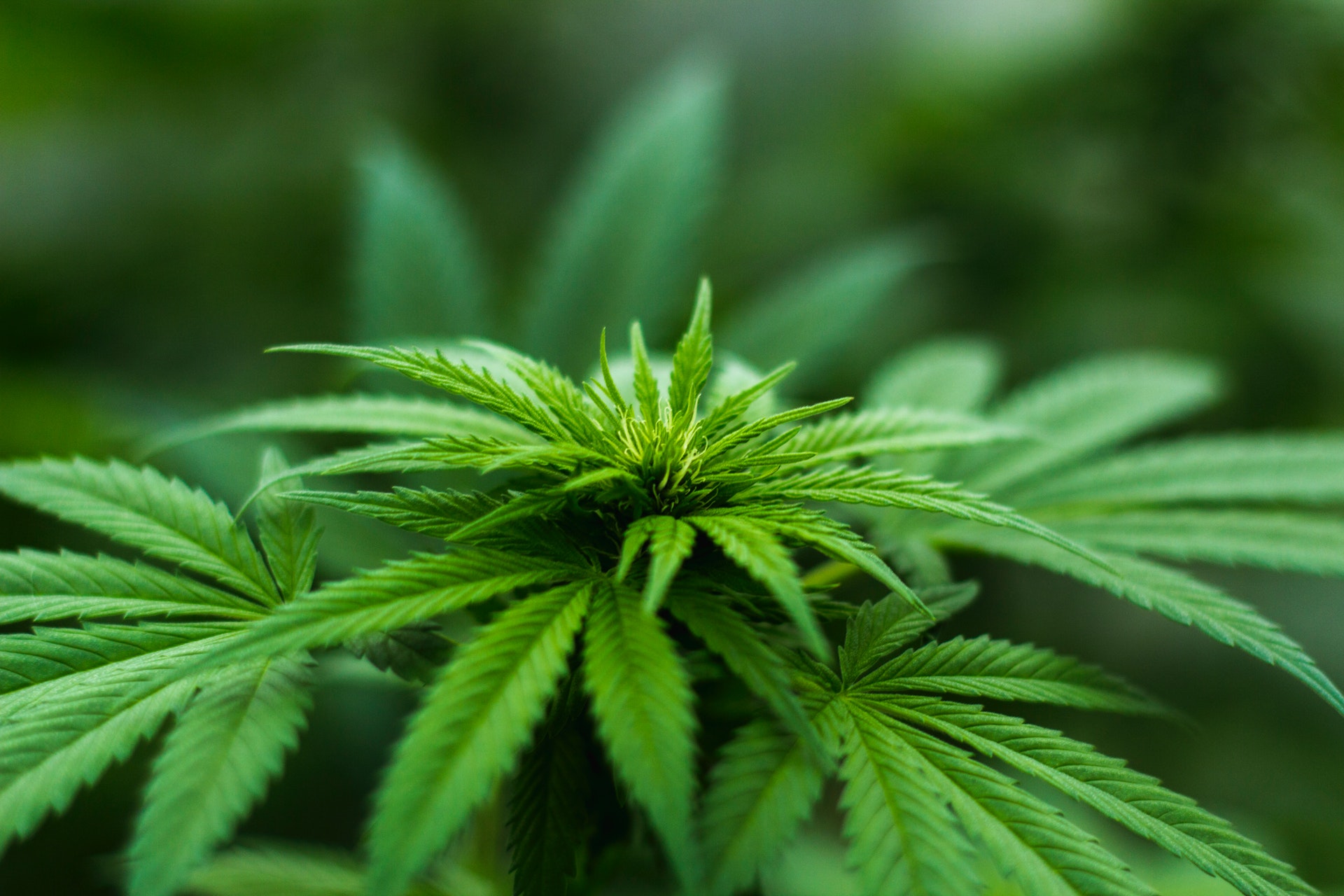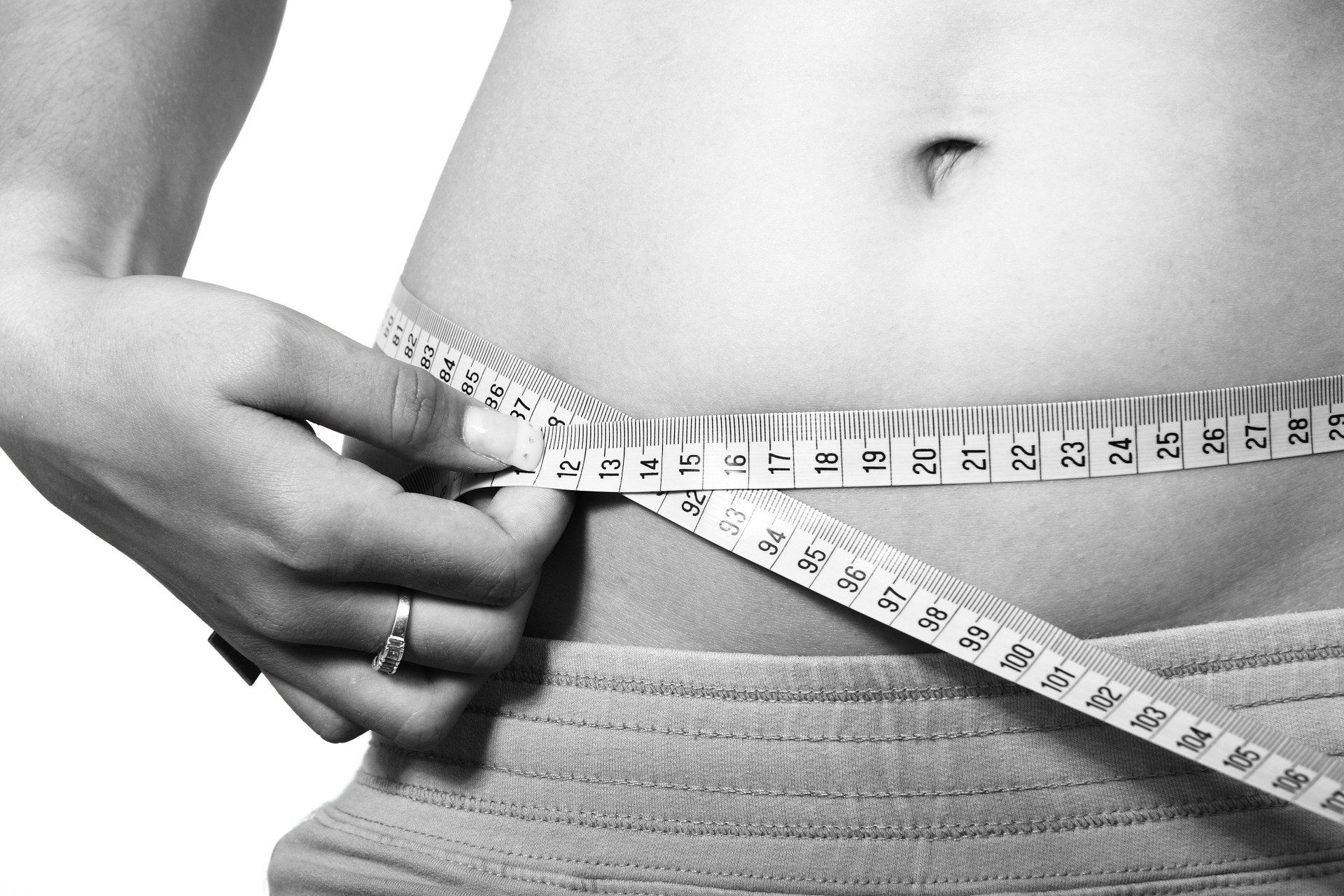Every runner knows what “to hit the wall” means and almost every runner lives in fear of it interfering with their race. During a marathon hitting the wall is the main problem, thus, breaking through wall is the number one priority as the success with the race depends on it.
The wall is considered as the most difficult period in a marathon when things transition from being just hard to being really very-very hard. It is a specific runner`s condition of sudden fatigue and loss of energy.
For most runners, the latest 6.2 miles (or 10-K) of the marathon are commonly the toughest part of the race when the legs feel like if they are made of cement, when the stomach is queasy, the head starts getting dizzy and negative thoughts flood the mind.
The wall is hard to describe to a non-runner as it`s something that needs to experience to understand. Jerome Drayton, winner of the 81st Boston Marathon, said it best: “To describe the agony of the marathon to someone who’s never run it is like trying to explain the color to someone who was born blind.” Some athletes call it “wall”, some also call this state “bonking”. But it doesn’t really matter how to call it, it`s more importantly, what to do about it, namely, how to break through the wall and reach the finish line first.
The key to avoiding the wall or at least minimizing its impact on your race is understanding what`s going on in your body and preparing yourself for it with proper training, intelligent race management, right nutrition and appropriate hydration strategies.
Prepare Your Body For The Race
If you include the long training runs in your training program you’ll be able to train your body for the marathon. Your long runs are the best training for avoiding the wall as they will condition your muscle for a marathon distance. By the way, they help you build your endurance and make your muscles more injury resistant. You have to experience and stimulate the exertion of the marathon every day, preferably 16 weeks before it. Your long runs should be done slowly (at least 2 minutes per mile) than the marathon pace. Remember, here your goal isn’t a distance, here your goal is duration! For example, if you run training commonly lasts 4:30 hours, your long run should last 4 hours (it means 3 hours of long runs in the morning and an additional hour in the evening).
Analyze Nutrition Matters
When your aim is to win the marathon you have to draw your attention to the right nutrition strategy. If you prepare your muscles with daily progressive long runs that’s great, but don’t forget your muscles are fueled by using the combination of fat and glycogen. The harder you’re pushing yourself, the more fuel your body needs. So you should eat before the marathon and during it! At least 300 calories you need to take in an hour before the race to raise your blood sugar level and help your brain concentrate on the task. Then every hour of the marathon you should consume about 200 calories. That can be candy, a banana, cookies, energy gels or an energy bar. It would be better if you work out what fuel is easiest for you to transport, use and digest before the race.
Drink More Often
It`s equally important to stay hydrated during the marathon. When you lose water through sweat, your overall blood volume is decreased and that’s why there’s less blood available to carry oxygen to your muscles. So dehydration also leads to the marathon wall. Try not to pass the early water stops even if you feel that you’re not thirsty! By the time your body tells you it’s thirsty, you’re already dehydrated. You have to drink two 8-ounce glasses of water or sports drink 2 hours before the marathon and take in 6 to 8 ounces of water or sports drink at every water station every 15-20 minutes of the race (of course, depending on the weather conditions, your body size and sweat rate). This will help you avoid dehydration so your blood will move smoothly from your heart to your leg muscles, providing the oxygen to those muscles and shuttling waste products away. By the way, consuming enough fluids keeps sweat flowing that cools you down and helps you ease muscle cramps. Don`t be afraid to lose your precious time, just stop and drink. These few seconds will pay off further.
Follow Proper Marathon Race Management
The biggest and most common marathon race mistake is to start the marathon too fast. Of course, you feel so strong and full of energy early in the race, so you tend to run too fast. Don`t do that, in no case! If you want to cross the finish line you have not to overestimate your potential. Keep in mind that you have to save your energy for the last 6 miles.
Use Head Games To Reach The Finish Line
To make the last 6 miles easier you shouldn’t focus on how your body is feeling or your fatigue, if anything, you can visualize yourself in another situation and try to dissociate. For example, don`t concentrate on the race you may imagine yourself by the sea or visualize achieving your goal. The main thing is to think of something nice and you’ll cross the finish line before you know it!
As you see with the right training program and racing techniques, proper nutrition, hydration and mental strategies you can easily make the last 6 miles of your marathon and defeat the wall once and for all.
Read More :
- Why Jumping On Trampolines Is More Beneficial Than Running Or Jogging?
- How To Train Your Brain With Math
- Yoga For Pregnant Women
Helen Rogers is an editor of http://thecrossfitshoes.com/ She helps people get stronger. She shares running and sports questions, beauty tips. All her stories are result-oriented and make her readers become healthy, wealthy and wise.






















